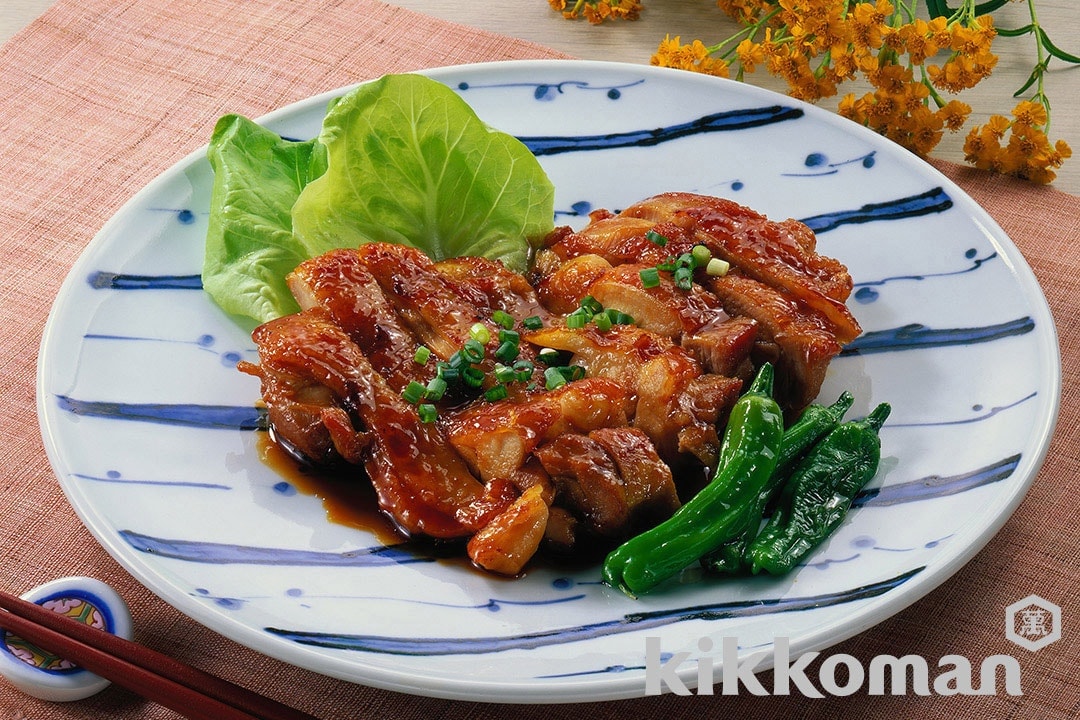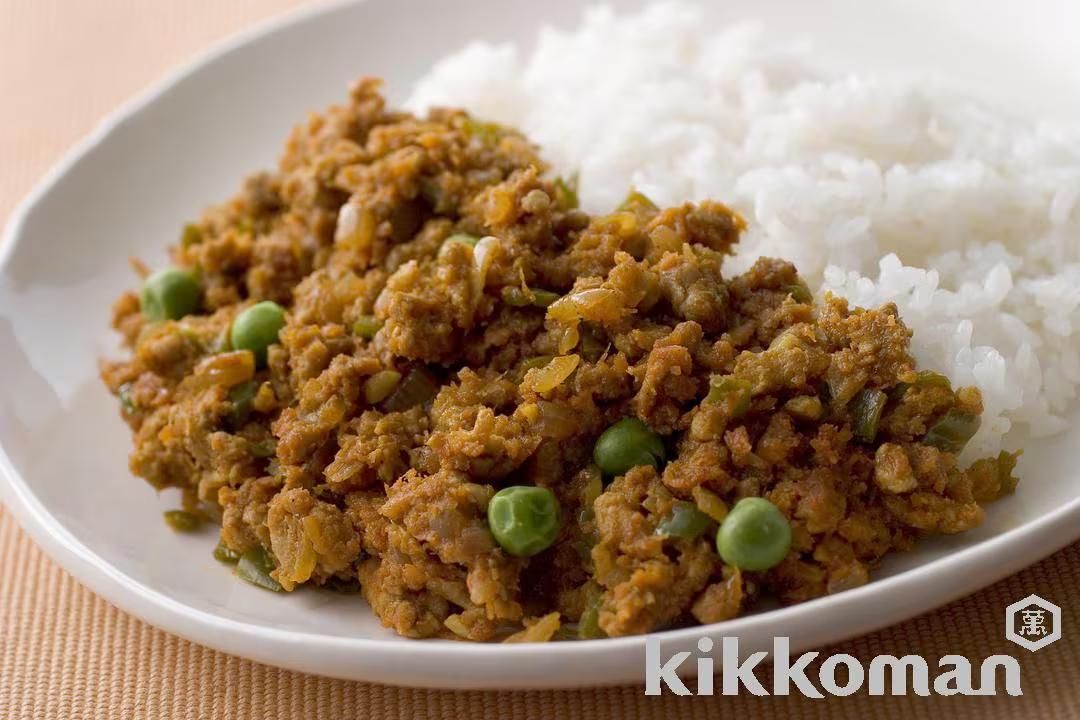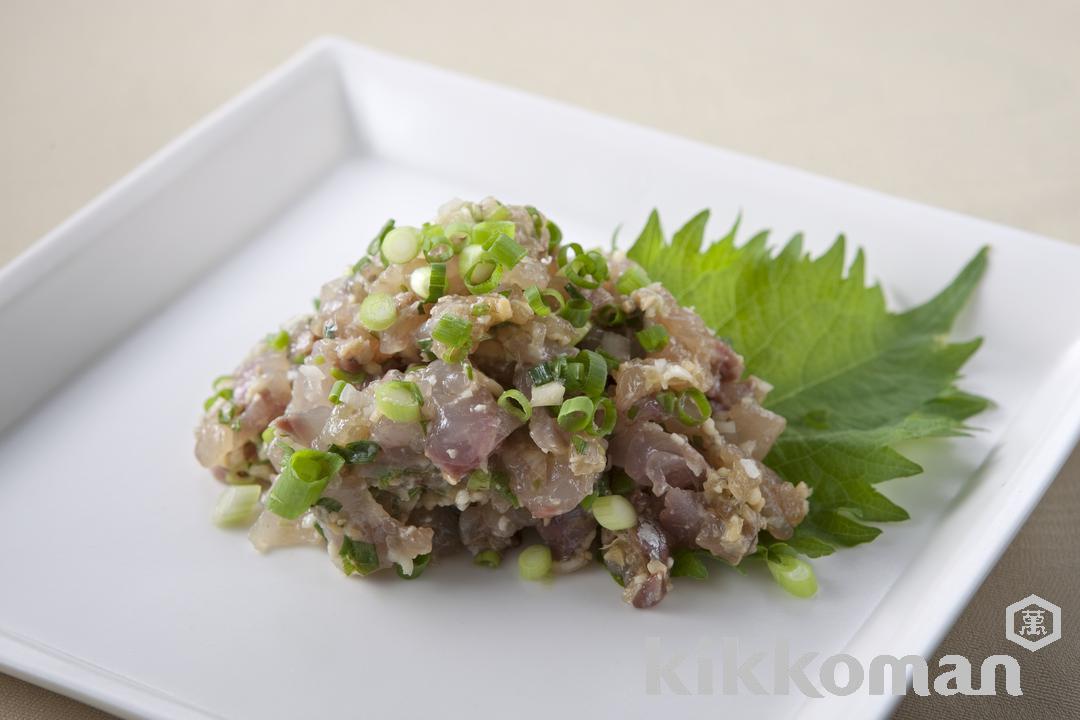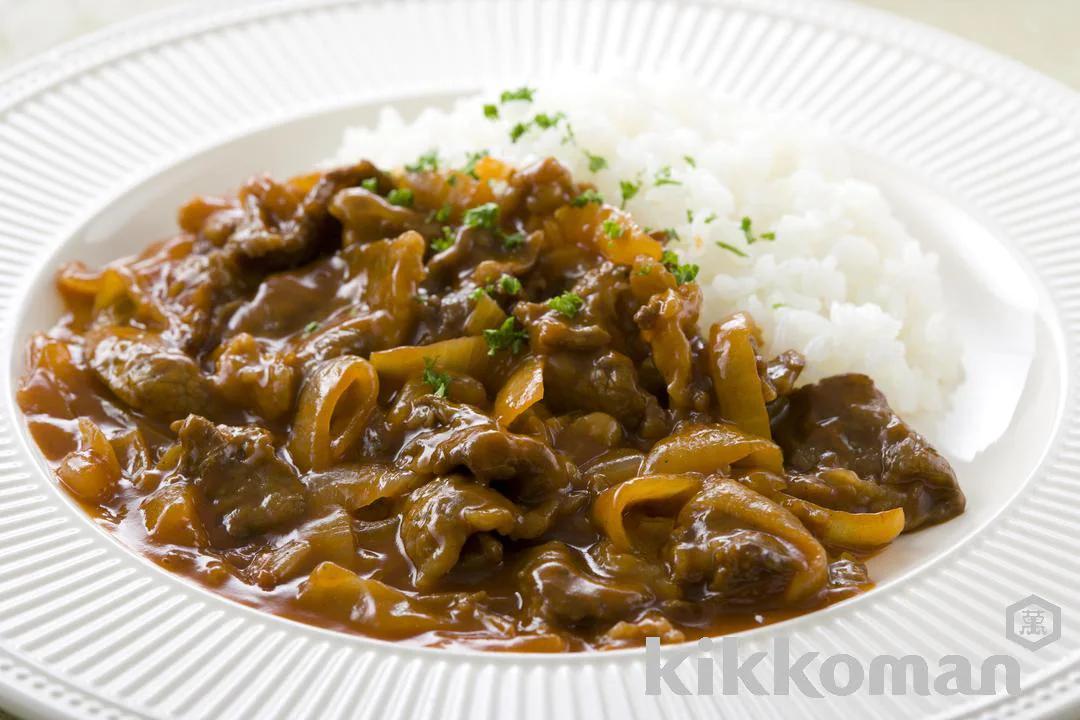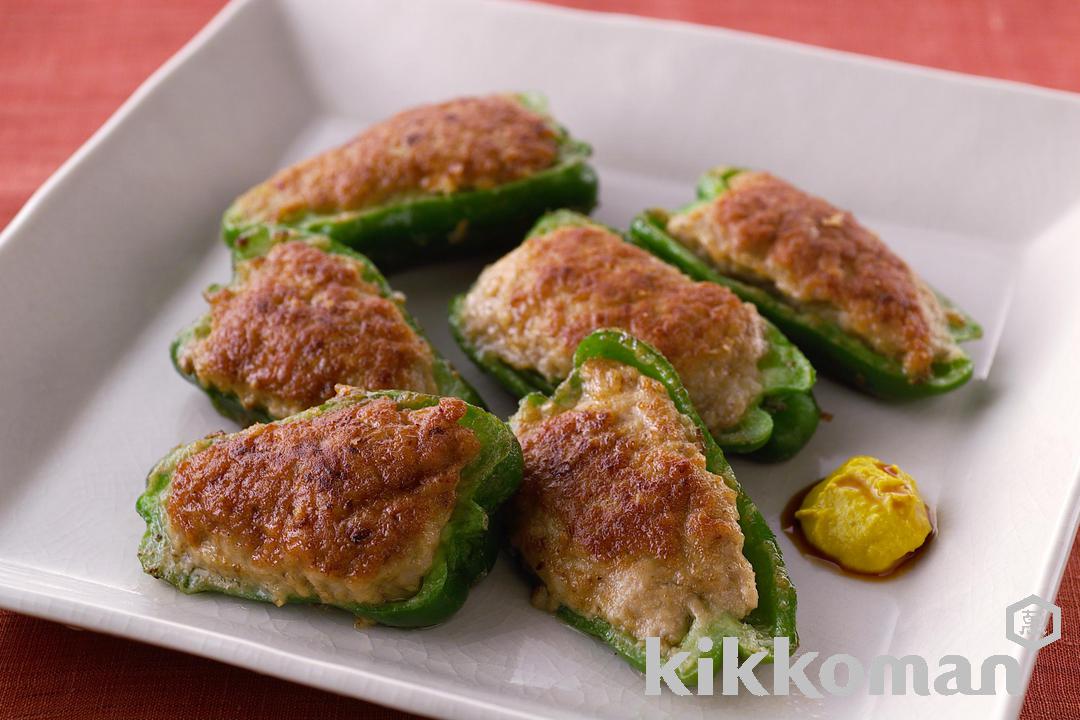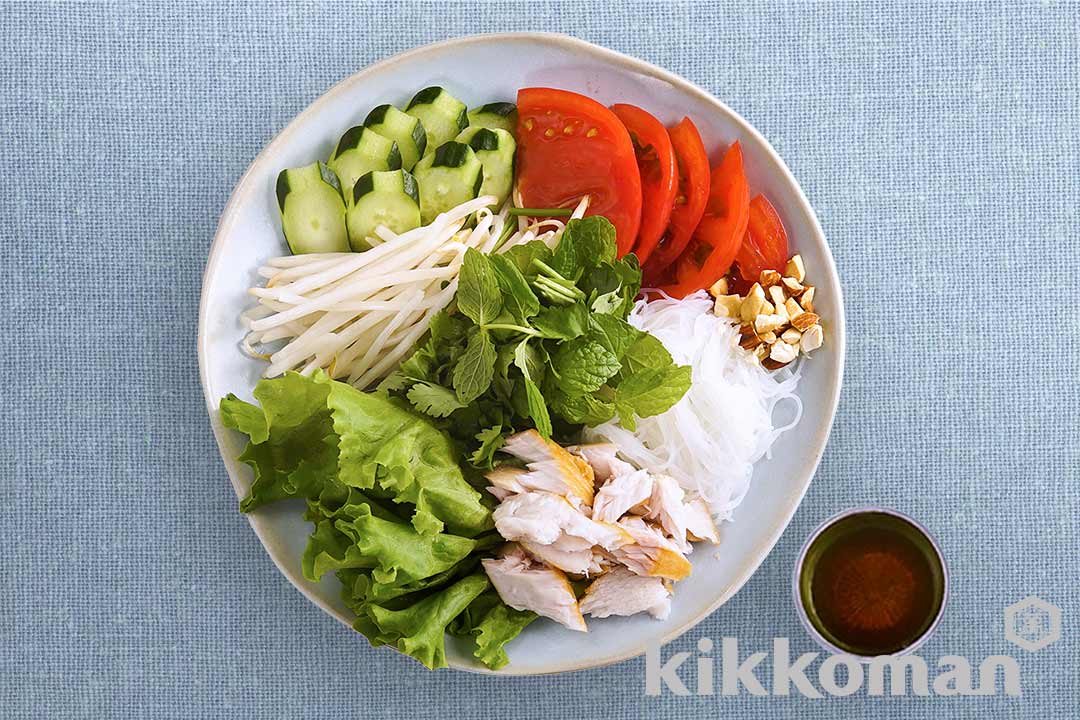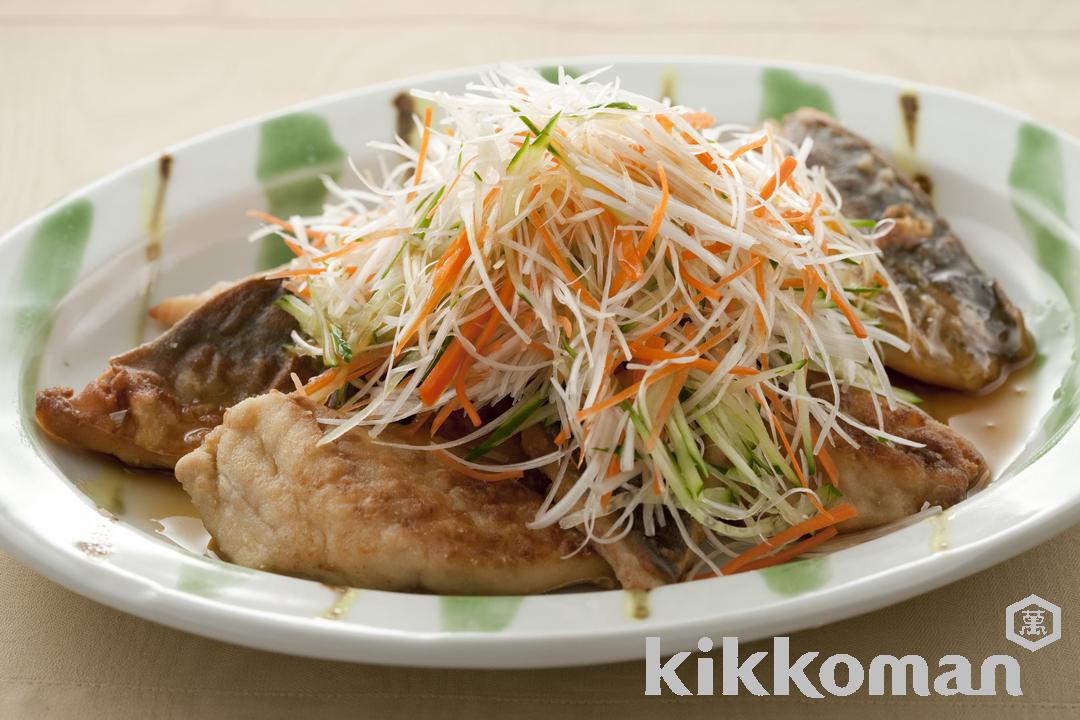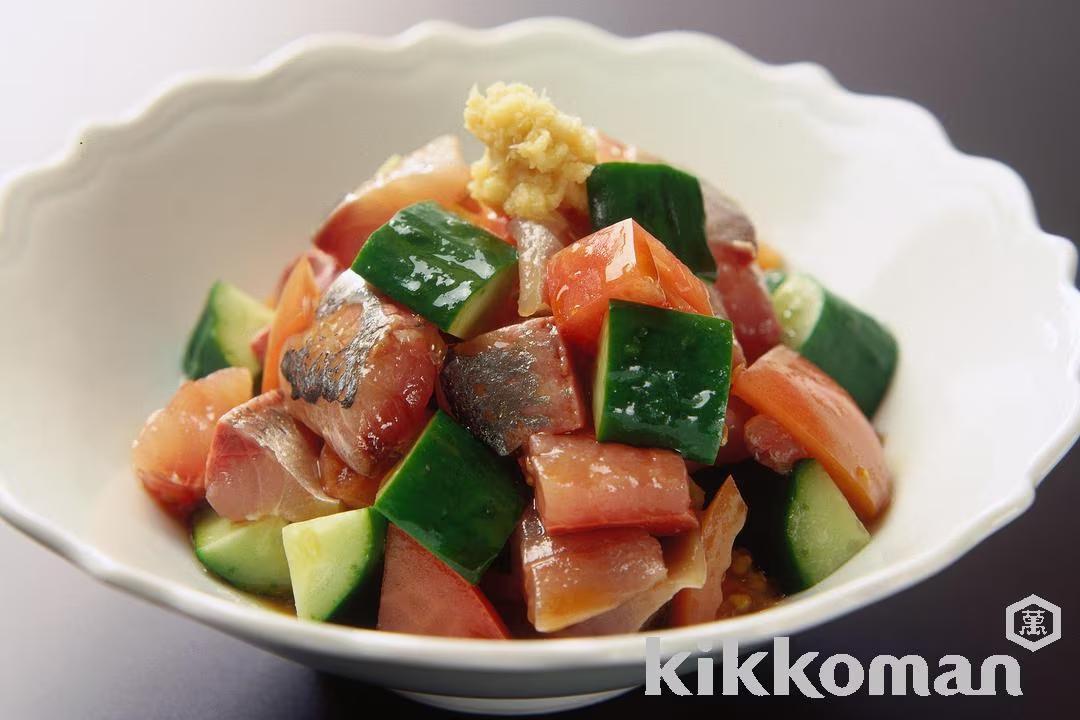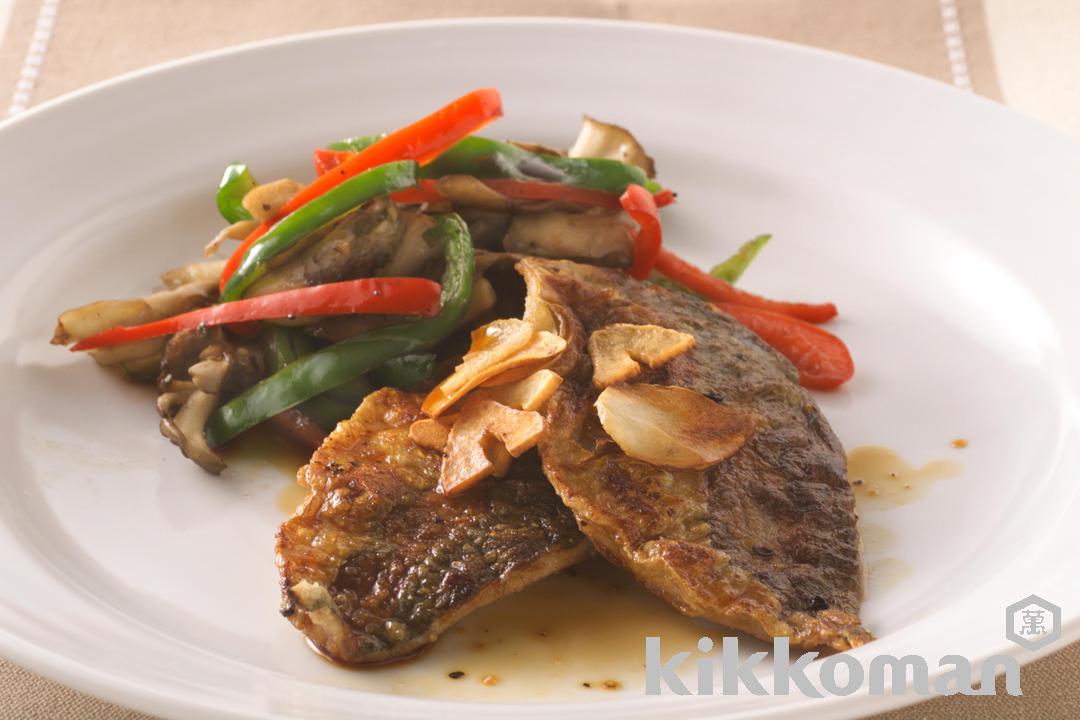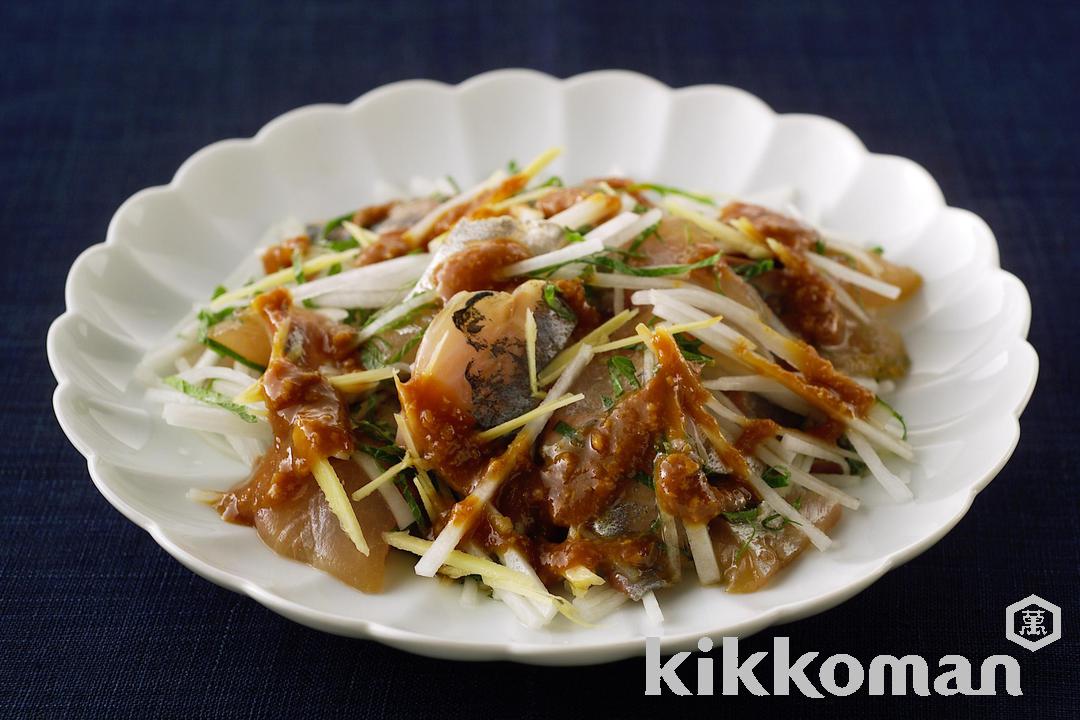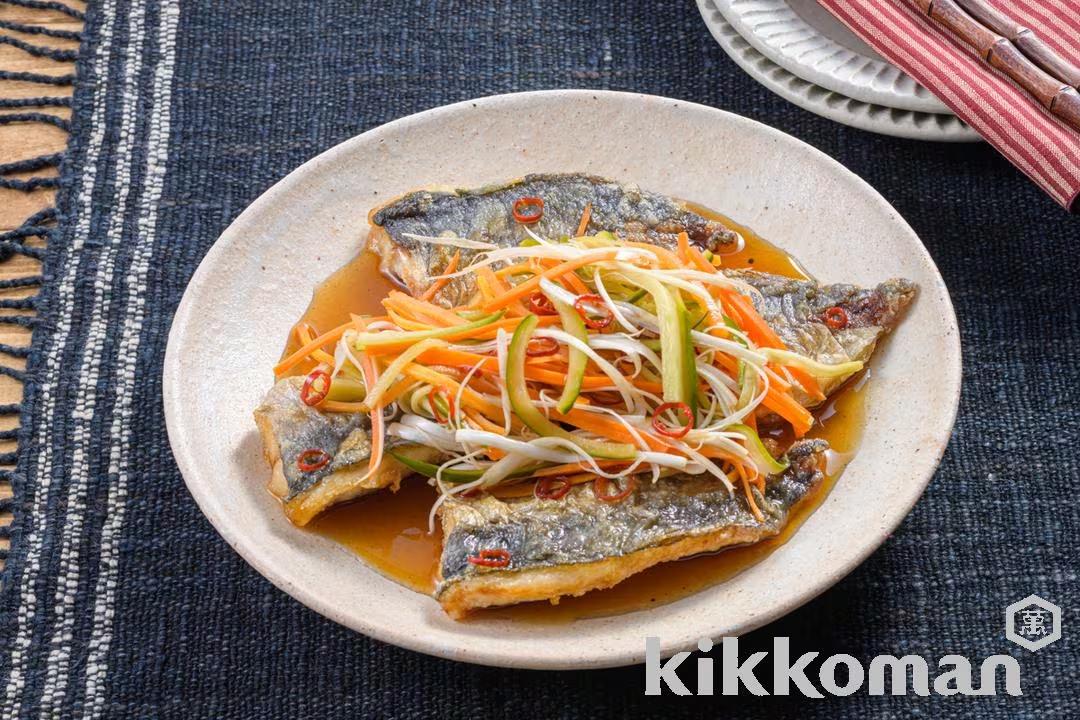
Experience spicy and sour Japanese-style "nanbanzuke" marinade!



- Nutrition facts are for one serving.
- Time to marinate the horse mackerel is not included in the cooking time. Time to heat in a microwave is suggested, please adjust as necessary. Nutritional values calculated for use of 0.3 g (0.01 oz.) of salt.
Ingredients(Servings: 2)
Directions
-
Remove the scutes, head and innards from the horse mackerels and rinse throroughly, then fillet into 3 layers. Slice each layer into half, sprinkle on the salt, allow to sit for about 5 minutes, then wipe away excess moisture with paper towel and lightly coat with the potato starch.
-
Julienne the negi, carrot and cucumber.
-
Mix together (A) and place into a heat-safe bowl, then heat uncovered in a microwave (600W) for about 3 minutes to warm, then add in (2).
-
Place the oil into a pot and heat to 170 C (338 F), deep-fry (1) for about 10 minutes, then place into (3) and allow to soak up the flavor before serving.
Cooking Basics
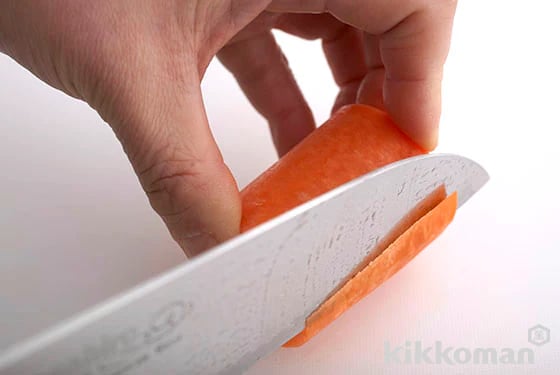
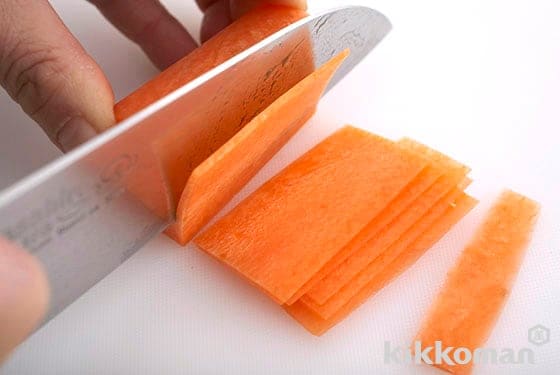
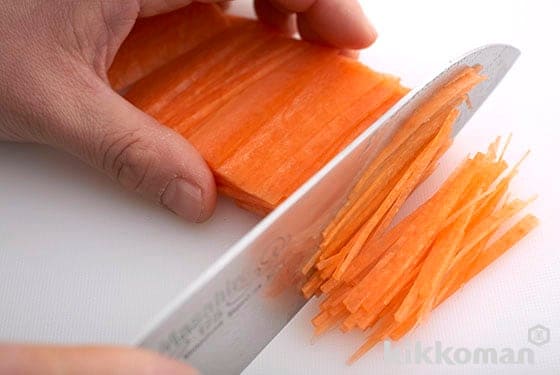
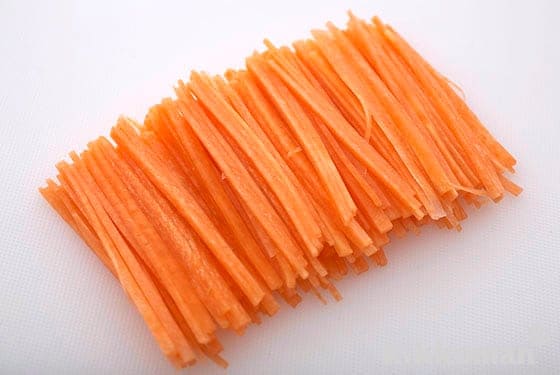
Cut into 4 to 5 cm (about 2 in.) lengths and peel each piece. It will be safer and easier to cut if the edge is thinly sliced off to create a flat surface and this cut surface is placed face down. Slice into 1 to 2 mm (0.5 in.) thick planks, stack by sliding these gradually, and then thinly julienne from end to end.
1. Remove scales (de-scale)
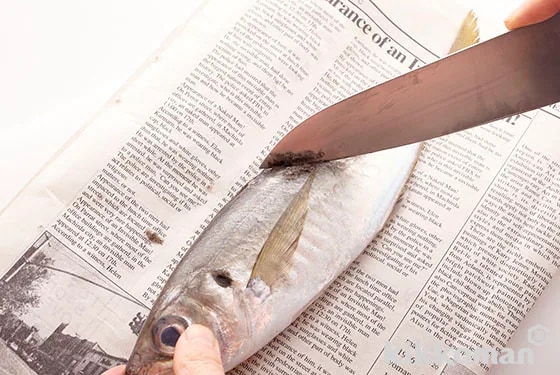
Spread a newspaper out over a cutting board and place the horse mackerel down. Move the tip of the knife from the tail towards the head to scrape off the scales.
2. Remove scutes (curved lateral line of hard scales)
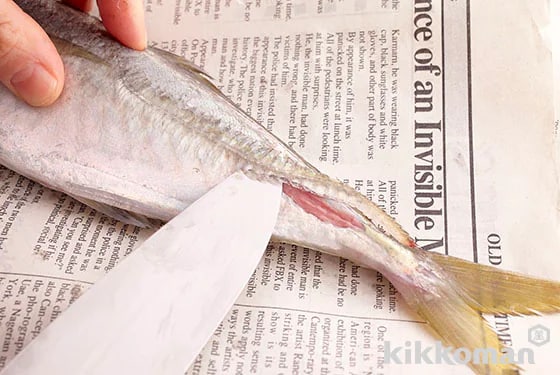
Make a small angled cut with the tip of the knife from the tail and scrape off the scutes. Repeat in the same manner for the other side of the fish.
3. Chop off the head
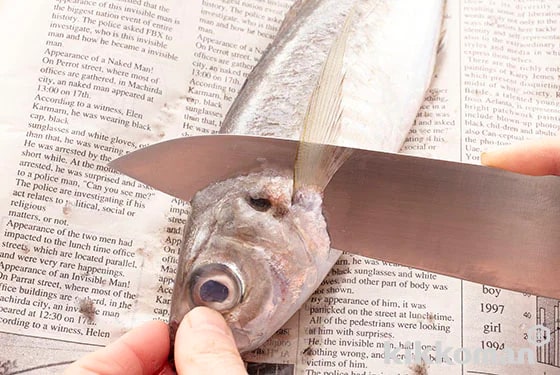
Place the knife behind the pectoral fin and make an incision in the direction of the head with the knife at an angle (parallel to the gills). Slice in approximately half-way and then turn the horse mackerel over and repeat in the same manner on the opposite side making an incision with the knife to chop off the head.
4. Remove the innards
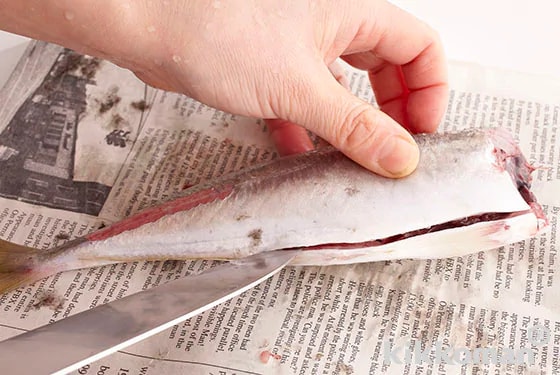
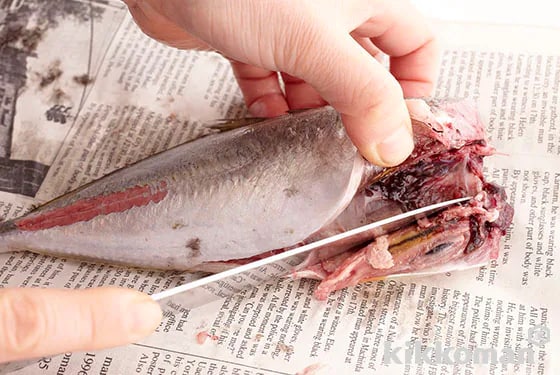
Insert the tip of the knife into the belly and make a shallow incision up to the anal fin, open the belly and remove the innards. At this point wrap up the innards in a newspaper, throw these away and rinse the horse mackerel with water and pat dry to remove excess moisture.
5. Fillet into 2-layers
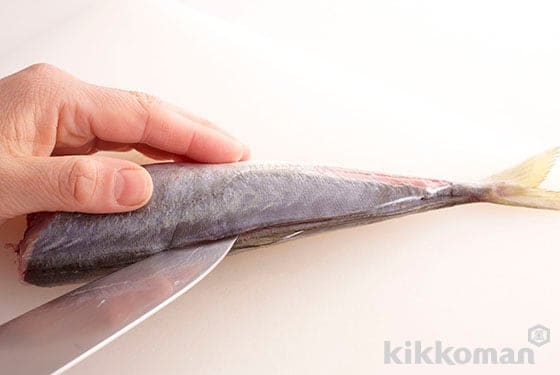
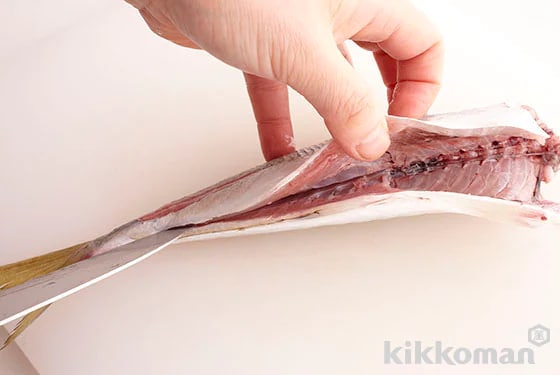
Insert the knife from the flank until it reaches the backbone and slide the knife towards the head of the fish. Turn the horse mackerel over and repeat with the knife in the same manner from the belly. Lastly insert the knife facing the tail and slide it along the backbone to completely remove the fillet. Now you have a 2-layer fillet.
6. Fillet into 3-layers
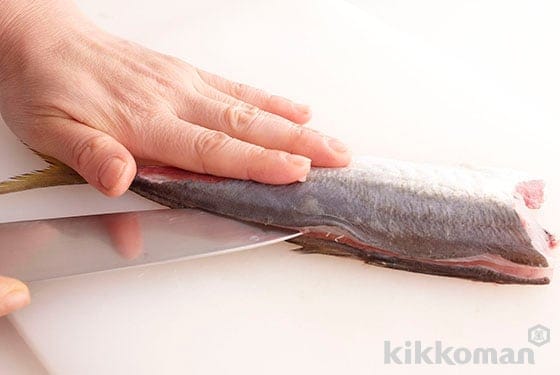
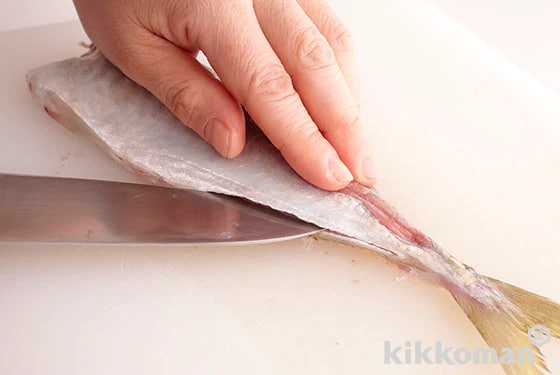
Place the 2-layer filleted horse mackerel with the bones facing downwards, insert the knife from the flank until it reaches the backbone, slide the knife towards the tail to make an incision. Turn the horse mackerel over and make an incision with the knife in the same manner. Insert the knife at the base of the tail and slide it along the top of the backbone to remove the fillet from the backbone. Now you have a 3-layer fillet.
7. Remove the stomach bones
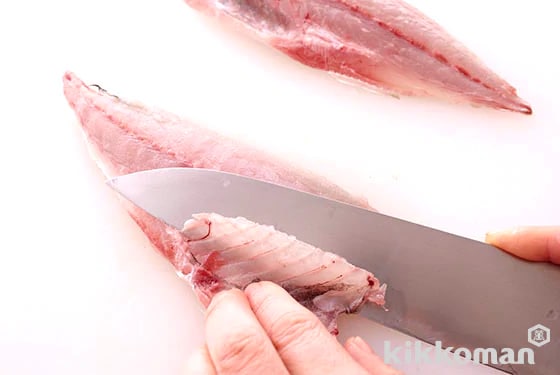
Lay the knife parallel to the cutting board and slice away the stomach bones.
8. Pull out small bones
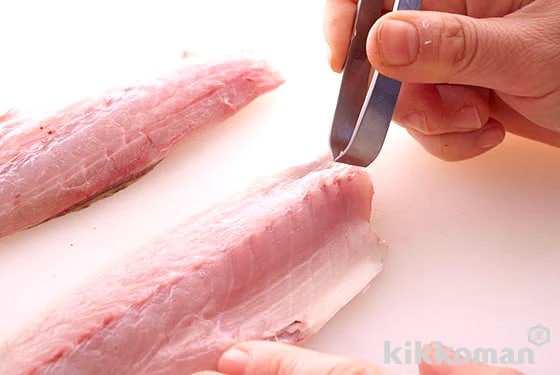
Pull out small bones remaining in the mid-section of the fillet. These can be easily removed when pulled out in in the direction of from tail to head. To ensure no small bones go unnoticed, confirm with your fingers as you work to pull these out.
9. Remove the skin
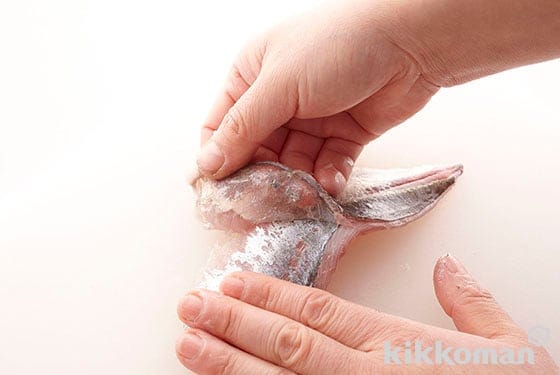
Start skinning from an incision near the head and strip off the skin in the direction towards the tail.
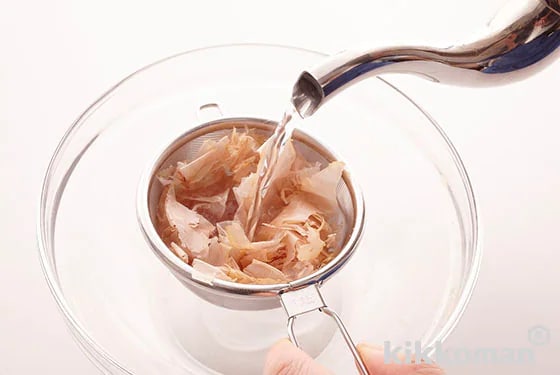
This method is convenient for preparing small amounts of dashi, such as soup for one person, ohitashi (boiled vegetables seasoned with dashi and soy sauce), sesame dressing, etc. Place dried bonito flakes (about 5 g /0.2 oz.) into a tea strainer and pour in 200 ml (6.8 fl. oz.) of hot water.
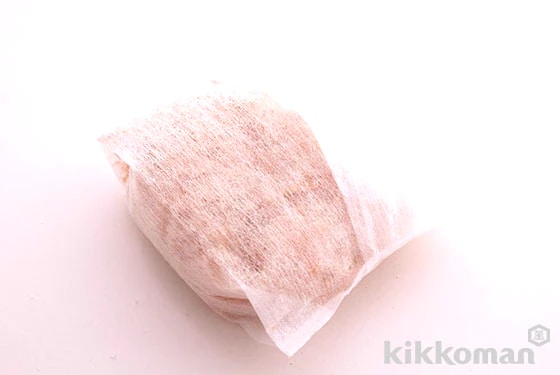
When making simmered dishes, place about 15 g (0.5 oz.) of dried bonito flakes into a tea bag for 1000 ml (33.8 fl. oz.) of water, and add the tea bag in with all other ingredients to prepare deeply-flavored and savory simmered dishes.

Post your creation!
Kikkoman Global (@kikkoman_global)
is posting Kikkoman Recipes.
If you made this recipe, please post it with the hashtag #KikkomanLife
We love to see your creations on Instagram!







